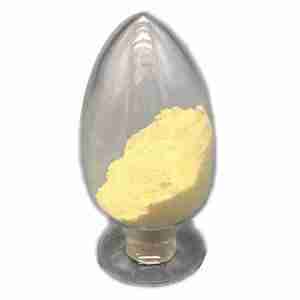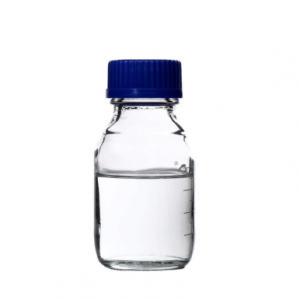Tannic Acid Typical Properties
Items
Specifications
Appearance
Light yellow powder
Purity
≥81%
Melting Point
218 °C(lit.)
Density
1.2965 (rough estimate)
Brand name
Fousi chemical
What Is Tannic Acid
Tannic acid is a tannin derived from gallnut. It is yellow or light brown light amorphous powder or scales; odorless, with a special smell and astringent taste. Soluble in water and ethanol, easily soluble in glycerin, almost insoluble in ether, chloroform or benzene. When the aqueous solution meets the iron salt solution, it turns blue and black, and the addition of sodium sulfite can delay the discoloration.
Tannic Acid Usage
Used as a raw material for gallic acid and pyrogallic acid.
Mordant. Used for fixing or dyeing fibers, as a basic dye.
Ore flotation agent. Smelting of rare metals, extracting germanium from lead-zinc ore or smoke, extracting rare metals such as thorium and polonium from solution, and extracting lead and copper from chalcopyrite.
Convert paint. Anti-corrosion of aluminum and its alloy plate, steel, copper, zinc, etc.
Food additives. Such as food antioxidants, beverage clarifiers, high-grade inks and inks.
Drilling mud thinner.
Synergist. Synthesis of 2,4-diamino-5- (3,4,5-trimethoprim) (trimethoprimam), referred to as TMP or sulfonamide synergist.
Tannic Acid Packaging and Shipping
Packing: 25 kg / bag
Tannic Acid Storage
Stored in a cool dry and ventilated warehouse






